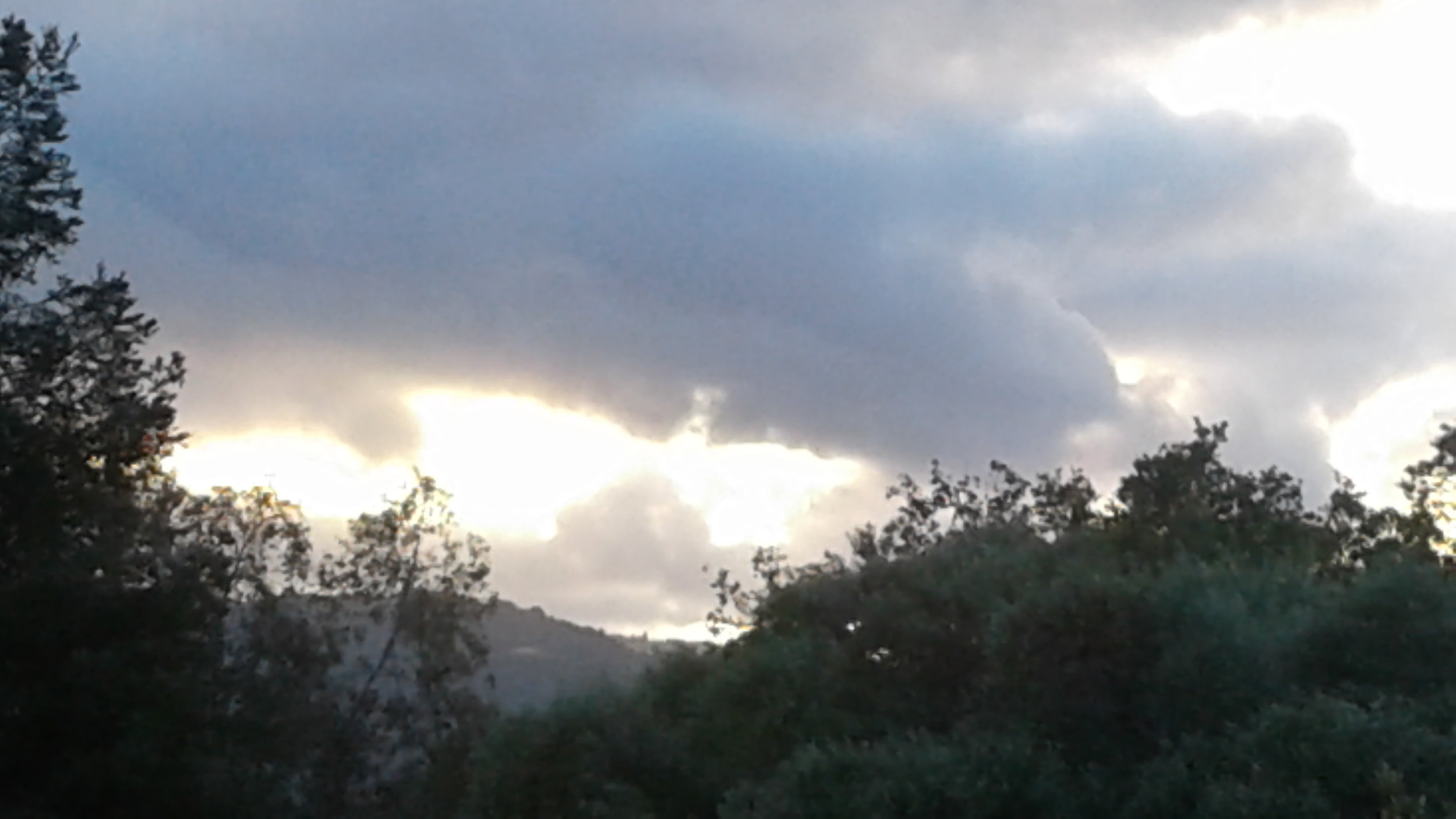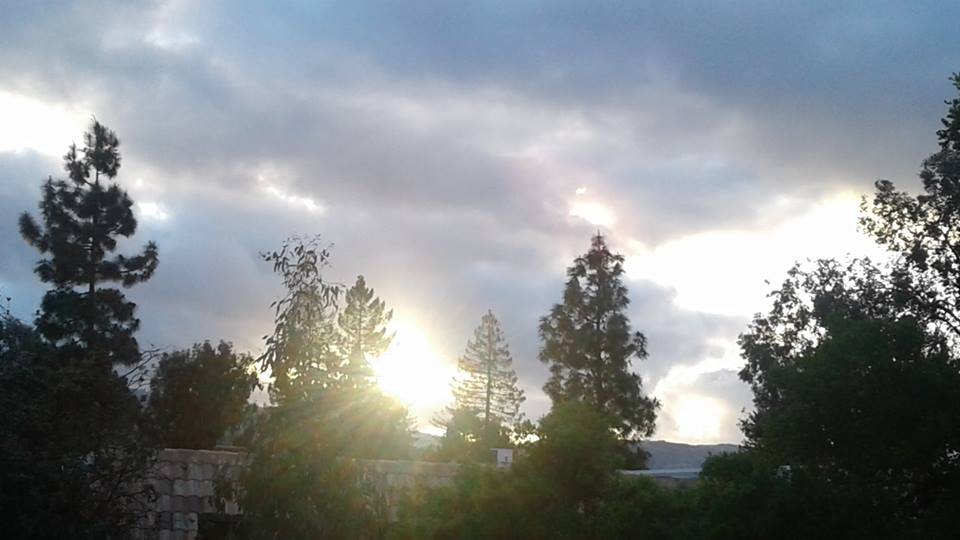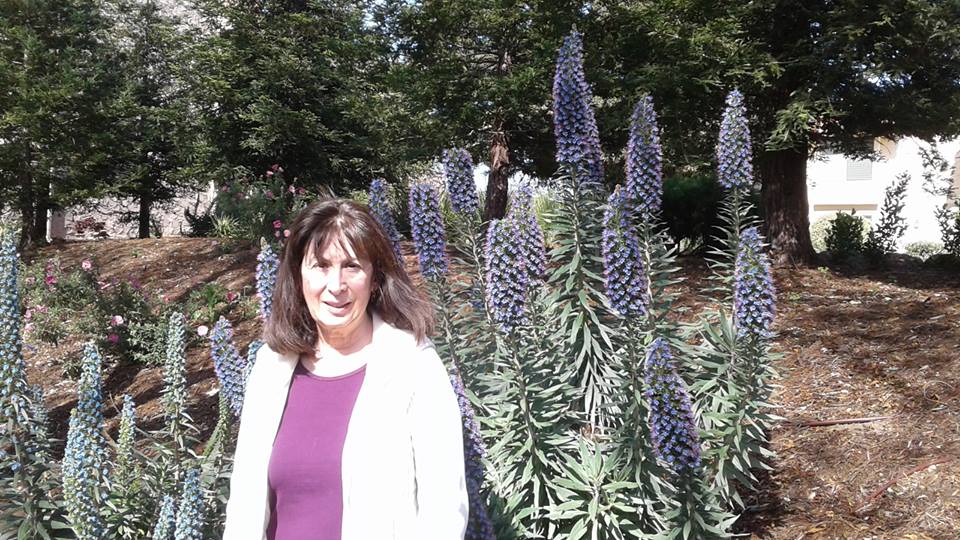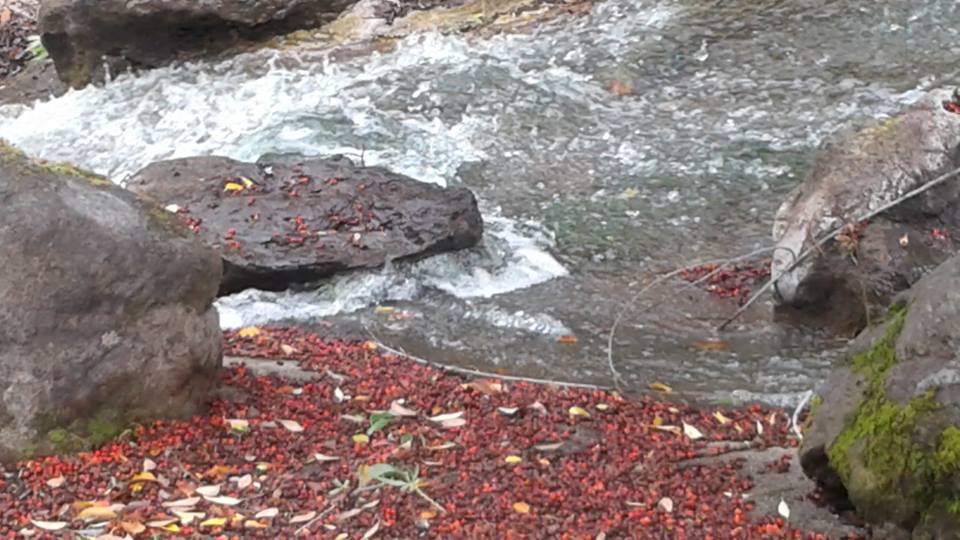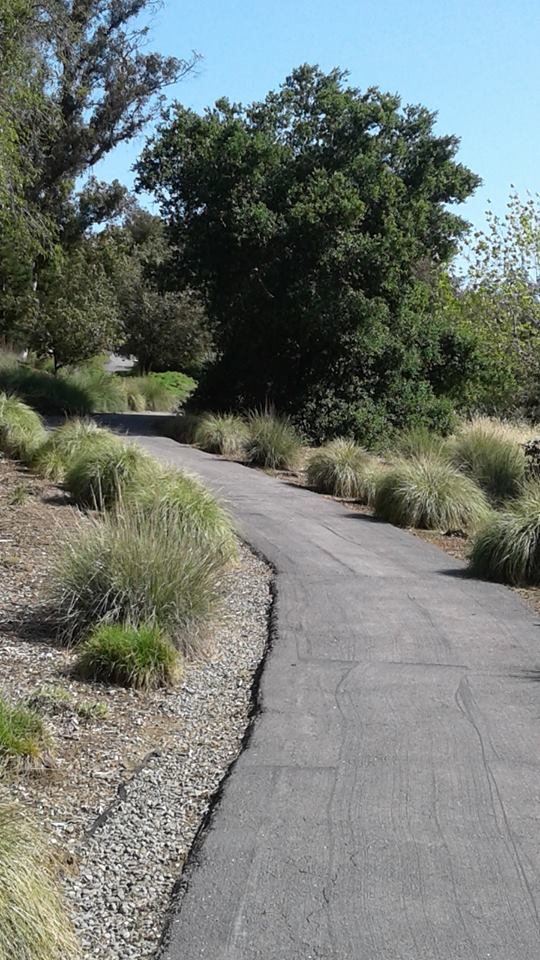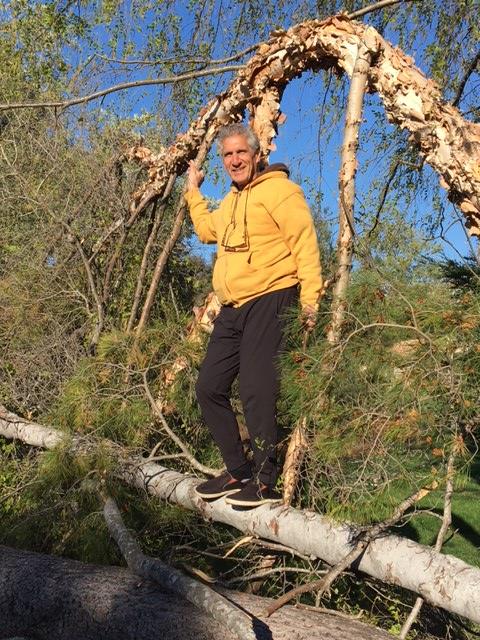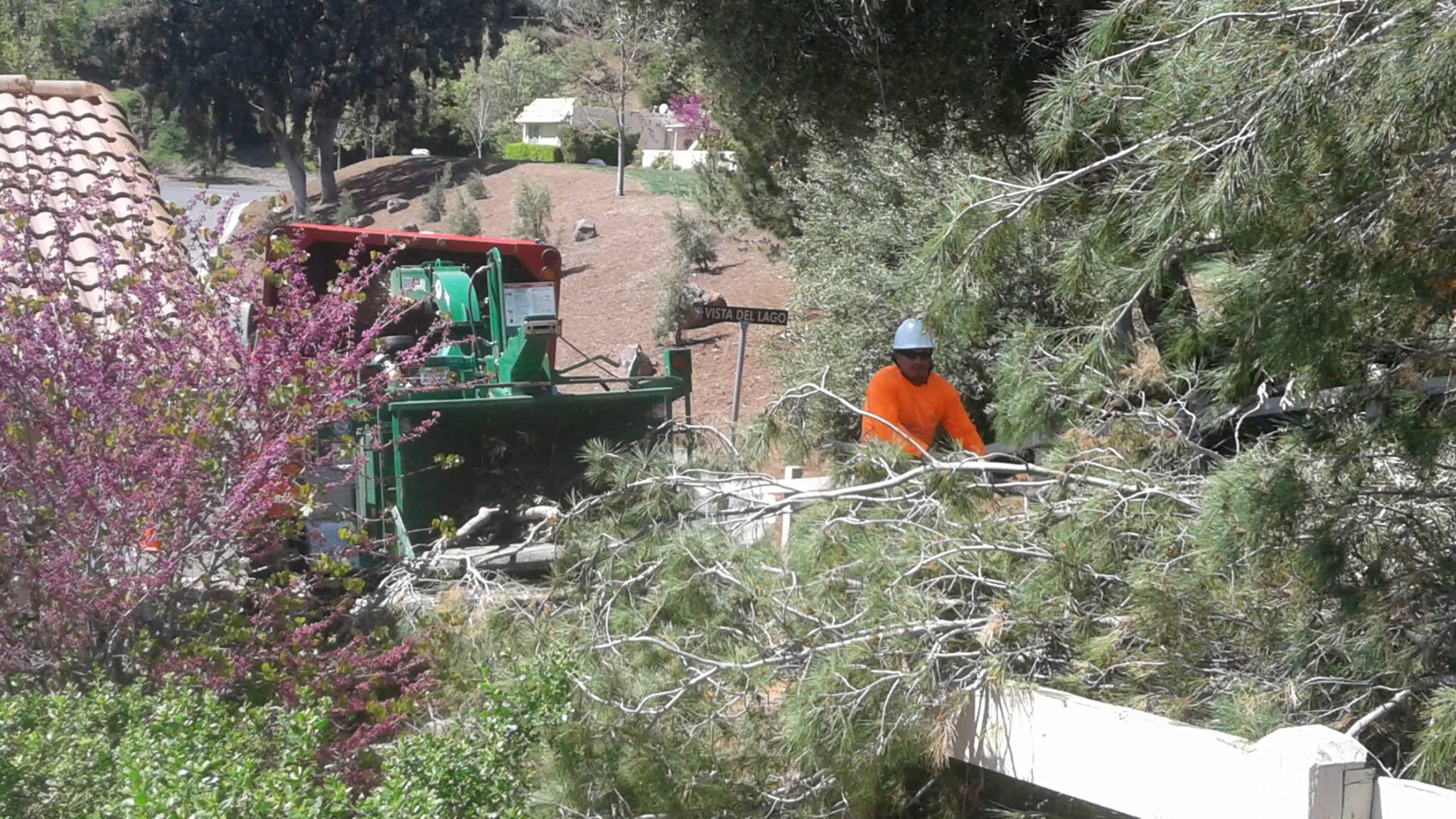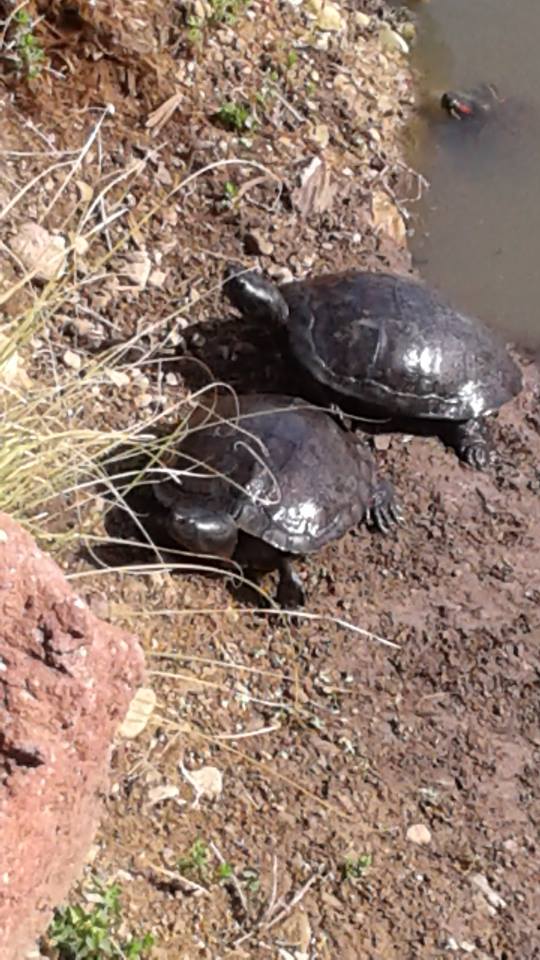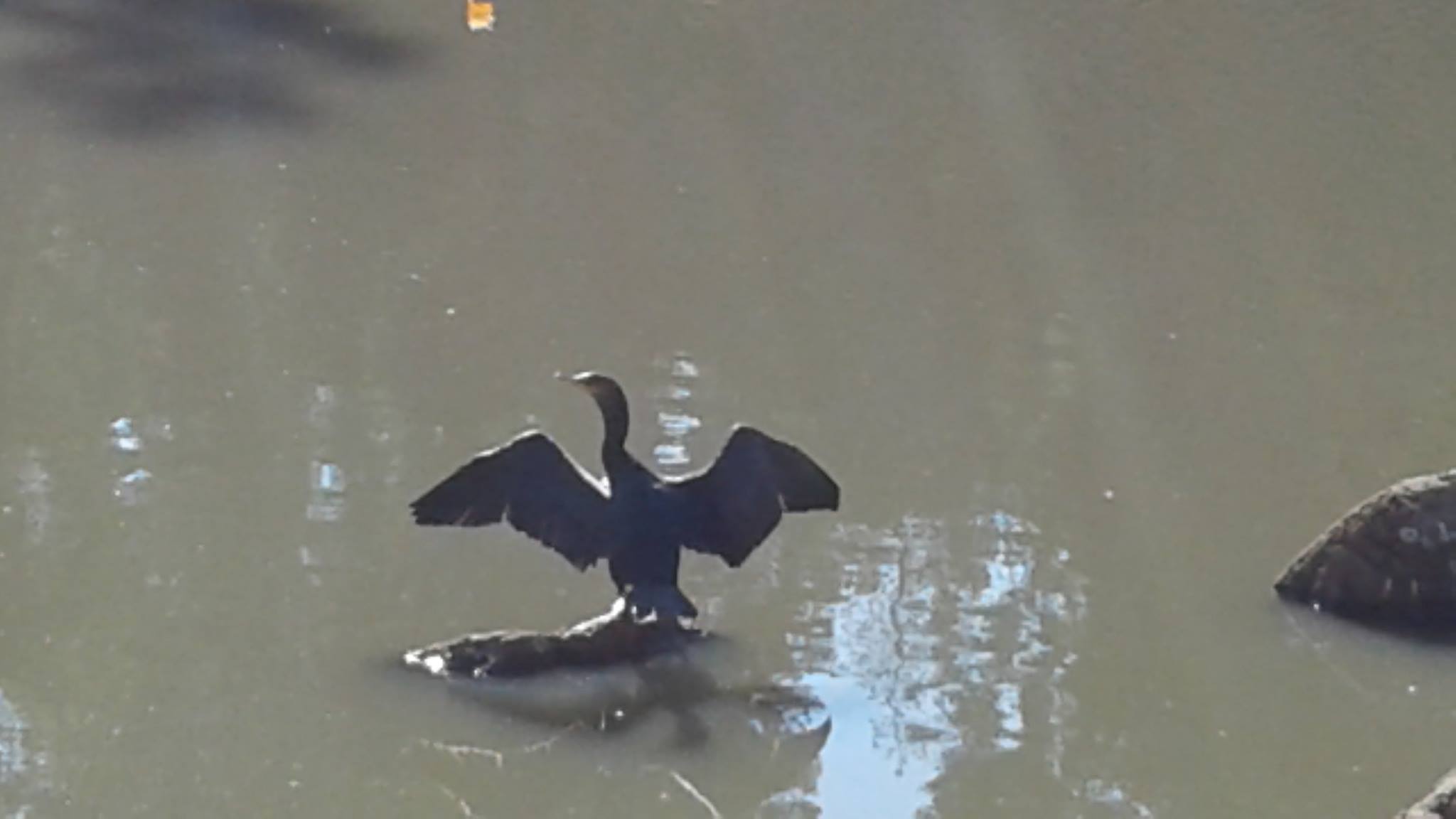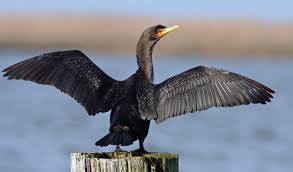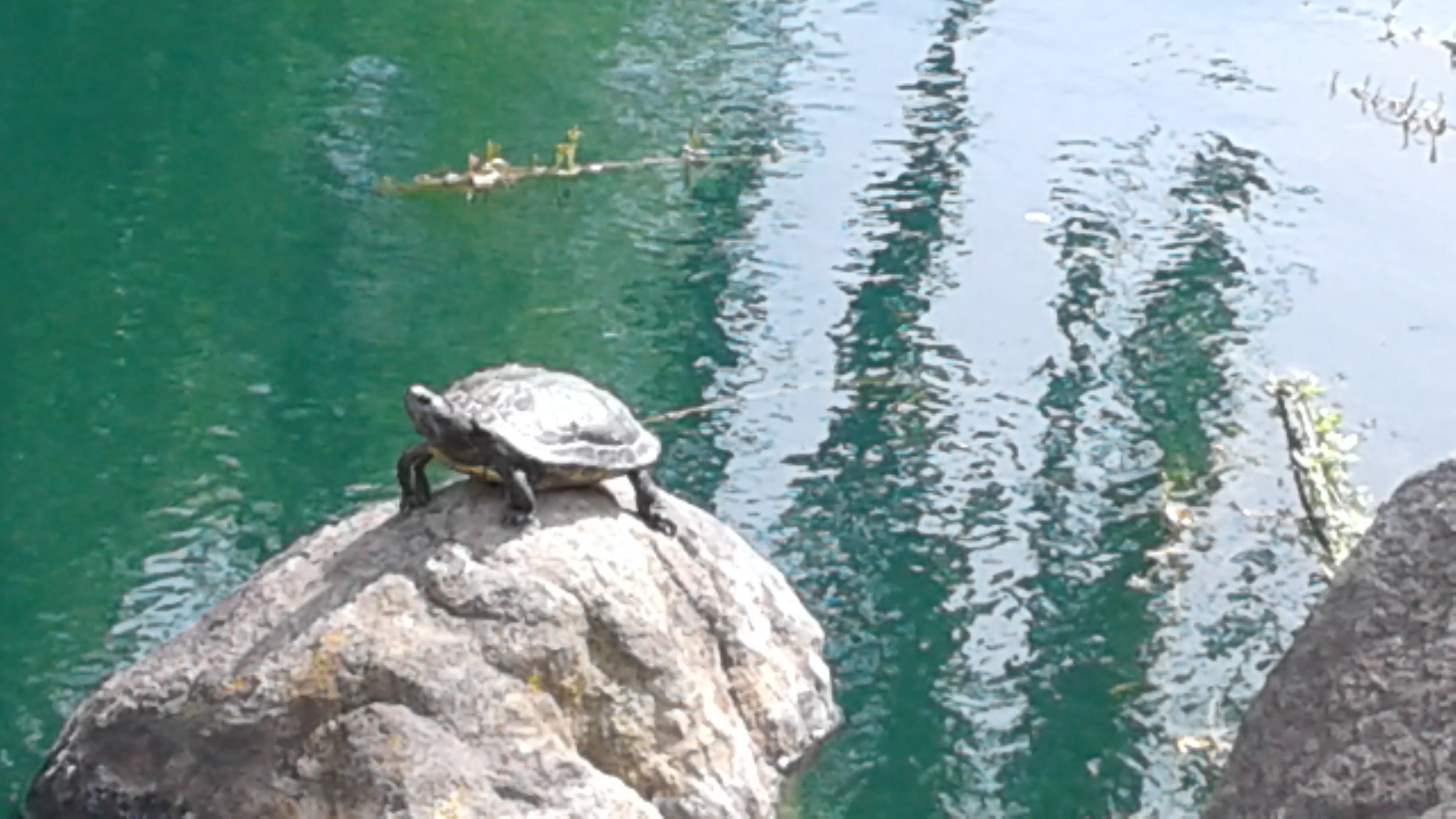It sounds like an exotic, rare and deadly disease. On the contrary, the root word “philia,” comes from the ancient Greeks, meaning “love.” In 1973, American psychoanalyst, Erich Fromm, described Biophilia as “the passionate love of life and all that is vital.”
In 1984, Edward Wilson, a Pulitzer Prize-winning biologist called Biophilia a human being's tendency to seek connections with nature and other forms of life. Living in a fast paced society has caused many of us to lose that precious connection with ourselves and the natural world. However, when we find ourselves living in an environment where living things are growing and thriving, it has a healing effect on our well-being.
Spring is a wonderful reminder of the opportunity of being enlivened by our connection to nature.
Biophilia implies a deep affection for plants, colorful flowers, trees, pets and other living things. We have a need to interact with the natural world. We do it because if feels good. It makes us healthier, lighter, and happier. In fact, at Rutgers University in my home state of New Jersey, Researchers Jeanette Haviland-Jones, a professor of psychology, and her husband, Terry McGuire, professor of genetics, both at the school of Arts and Sciences, offered convincing evidence that flowers are potent mood elevators and have an immediate impact on our happiness.
From a historical perspective, the remains from the ruins found in Pompeii, in Southern Italy demonstrated that people brought plants into their houses and gardens more than 2000 years ago. Infirmaries, in monastic communities that were the sites of our first hospitals incorporated gardens on their grounds because they supported the healing process.
For me, Biophilia means spending time on the walking trails behind our home, or any of the County Parks like Shoreline, Vasona; and Rancho San Antonio. It is observing the passing cloud formations, feeling the breeze, and smelling the salty air of the ocean when we are on family holiday in Maui each year. Observing the ebb and flow of the ocean waves is very meditative and leaves me feeling relaxed, centered and at peace.
For others, it’s playing golf in some of the most natural and pristine settings. It is skiing, hiking in the forests, tending your garden; nurturing your orchids, playing with your dog, having lunch in the park, tea with a friend, or a bike ride on the sparsely populated scenic back roads.
All of these wondrous experiences that we engage in by ourselves or with family and friends, allows us to connect with the force of energy that surrounds us and is a part of us. We have a symbiotic relationship with "all that is," which is essential to our well being, especially in these turbulent times.
When we allow the business of life to overtake us, when we live inside our heads—worrying, planning, fantasizing, and when we allow our mobile devices to take control of our life in a way that is unhealthy, it is imperative that we remind ourselves and each other to reconnect with the beauty and movement of life that is always present. All we have to do is be mindful of it, change the channel in our minds and tune-in.
Photos: Taken behind our townhouse at Rinconada Hills, LG, CA
https://enjoyyourlifenow.net
